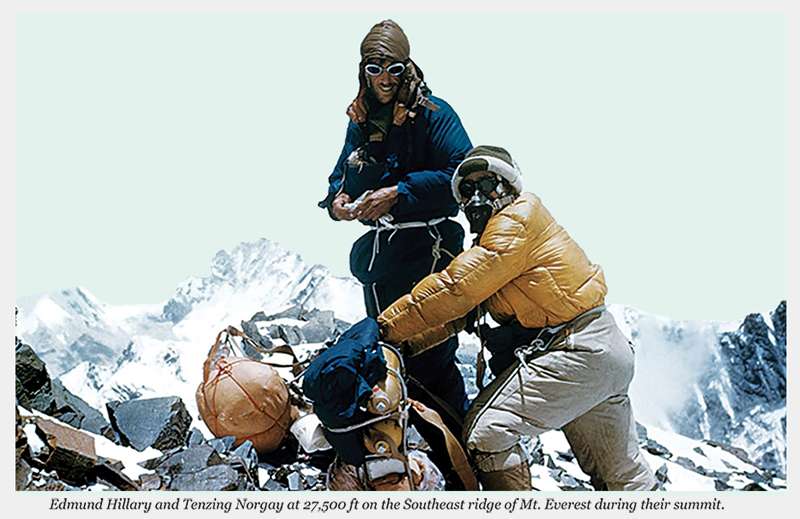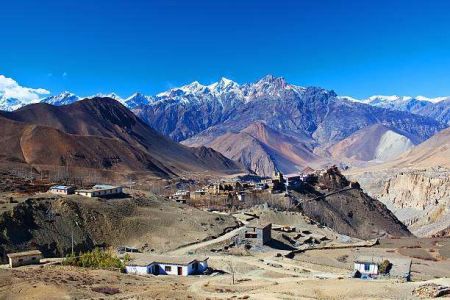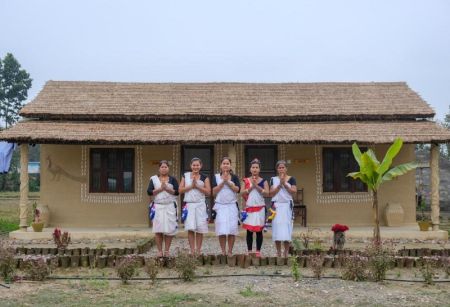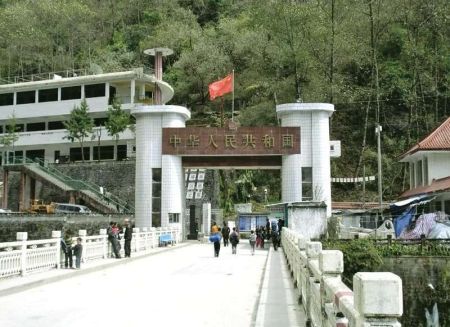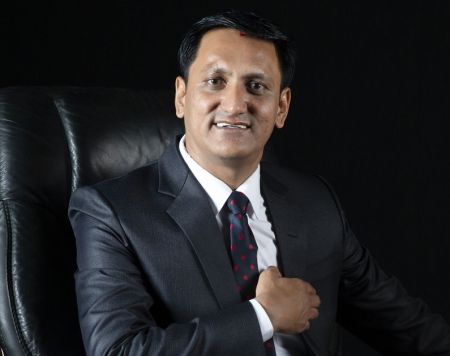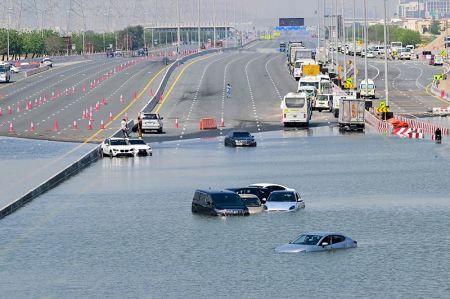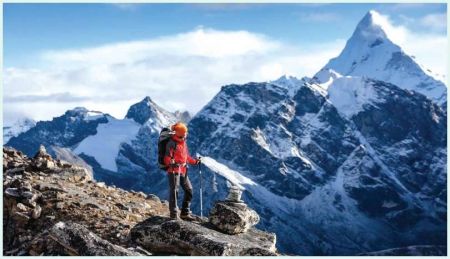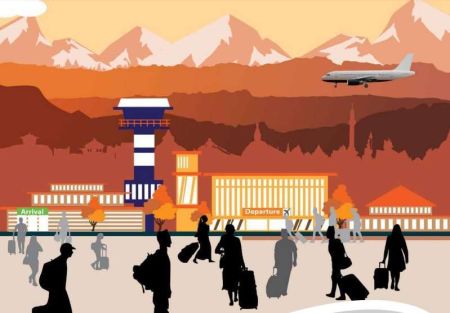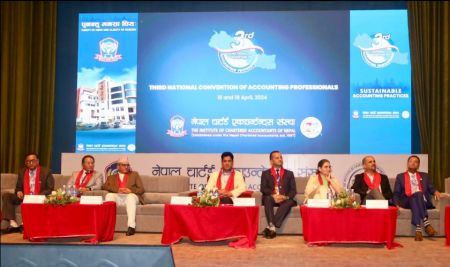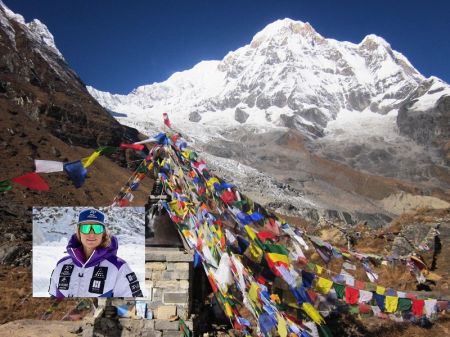It has become one of the most crucial tasks to save Mt Everest and the other mountains of Nepal from the adverse impacts of global warming.
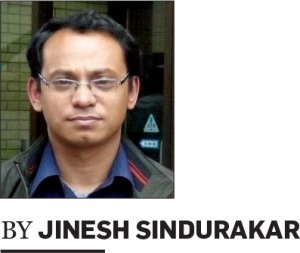
Last year some mountain climbers asked me to participate in the International Mt Everest (Sagarmatha) Day, a day celebrated since 2007 to commemorate the first ascent of Mt Everest by Edmund Hilary and Tenzing Norgay on 29 May, 1953. Upon receiving the invitation card, I was surprised to see my name as ‘Mt. Everest’ (Sagarmatha) whereas my local Tibetan name is ‘Chomolungma’ which means ‘Goddess Mother of the World’. I asked them to explain the meaning of Mt. Everest (Sagarmatha). They told me, "You were named after British surveyor and geographer Sir George Everest in 1865." Then I asked them, "Ok, then what is the meaning of Sagarmatha and who gave me this name?" They said, "Sagarmatha means the Peak of Heaven and the name was given to you by the Nepali historian Baburam Acharya in 1956."
On May 29, a special programme was organised in the presence of different mountain culture groups, mountaineers and local people. I was surprised to see representatives of mountains above 8,000 metres and the seven highest peaks of the world at the programme. I was looking for Nawang Gombu Sherpa- the first mountaineer to conquer me twice, a record which he set in 1965. At that time, I heard someone calling my name ‘Everest, Everest’, which was familiar to me. I turned around to see the person was Sir Edmund Hilary. I greeted him and said, "Hello Edmund! How are you? Are you alone or with Tenzin?” He replied, "Yes, he is here and is busy meeting some of his native friends," and asked me if I met the Japanese mountaineer Junko Tabei, the first female to climb the world’s highest peak on May 16, 1975.
Then, Edmund took me to Pema Sherpa who was found with Tabei and Pasang Lhamu Sherpa. I had a strong desire to meet Pema because of her achievement as the first Nepali woman to climb the peak from the south and north sides on 29 May 2000 and 16 May 2002, respectively. Pasang Lhamu Sherpa is the first Nepali woman to wave the national flag on the top of the peak on 23 April 1993. They were together with the oldest female climber from Japan Tamae Watanabe who was 73 years old when she climbed the peak on May 19, 2012.

There I met Churim Sherpa, the first woman to conquer me twice during a single season -- on 12 May and May 19 of 2012. I noticed one of the oldest climbers Yūichirō Miura from Japan who was 80 years 224 days old when he reached the Everest summit on May 23, 2013. He was the first mountaineer to ski down 2,000 metres of Mt Everest on May 6, 1970. Miura beat the record of oldest Nepali oldest climber Min Bahadur Sherchan, who was 76 years 11 month 6 days when he climbed the peak on May 5, 2008. There I met Babu Chiri Sherpa, who stayed at the summit for over 21 hours without auxilary oxygen on 21 May 2000, a record which is yet to be broken.
The programme did not start on time, so I just wandered around the crowd and spotted Reinhold Messner from Italy and Peter Habler from Austria. These two Europeans were the first to set the world record for climbing the summit without supplement oxygen on May 8, 1978. With them was Lydia Bradey from New Zealand, the first woman to conquer Mt Everest without oxygen on October 14, 1988.
I also met the Polish mountaineer Kyzysztof Wielicki who is the first to reach the summit during the peak winter season when the temperature reaches -36 degrees celsius. He climbed the peak on February 17, 1980. Then there were the two Slovenes - Andrej Stremfelj and his wife Marija Stremfelj, first married couple to summit Mt Everest on October 7, 1990. Talking with them were Moni Mulepati and Pem Dorjee Sherpa, the Nepali couple who got married on the summit on May 30, 2005.
A French father and his son were also there to participate in the event. After reaching the summit on October 7, 1990, Jean-Noël Roche and his 17-year old son Roche Bertrand a.k.a. “Zebulon” flew back to base camp from the South Col, a sharp edge col between Mt Everest and Mt Lhotse, via a 2-seater tandem paraglider. With this, Zebulon also became the youngest non-Nepali to reach the top. In the meantime, I saw the Spanish brothers Alberto and Felix Iñurrategi who ascended on September 25, 1992. Nepali climber Temn Chirri Sherpa, who conquered the highest peak on May 23, 2001 when he was 16 years old, was there busy talking to the first youngest Nepali climber Shambhu Tamang who reached the summit on May 5, 1973 when he was 17 years old.
I was also surprised to meet the American Thomas Whittaker who climbed the peak on one foot on May 27, 1998 to become the first differently-abled mountaineer to summit Mt Everest. Davo Karničar, a Slovene climber, one who did the first ski descent from the world’s highest mountain peak on October 7, 2000 also attended the event. He also holds the record for ski descents from all seven summits.
Meeting the mountaineers on this special occasion was a special moment for me. So, without wasting this opportunity, I move on to meet Ang Chirring Sherpa, the first Nepali journalist to climb the peak on May 22, 2003. He was talking to Kalpana Maharjan, the first female journalist to summit Mt Everest; she climbed from the south (Nepal) side on May 23, 2018 and the north side (China) on May 23, 2019. Then, I came across three brothers, Lakpa Gelu Sherpa, Da Nuru Sherpa and Jangbu Sherpa, who were on the top on May 26, 2003. Lhakpa Gelu also made the world record for the fastest climb of Mt Everest within 10 hours 56 min and 46 sec. Then I saw another mountaineer Lhakpa Tharke Sherpa who stayed at the summit without upper body clothes for 3 minutes braving the -39 degrees celsius on May 24, 2006.
Among the participants were seven children of the same parents, who climbed Mt Everest on different dates. The siblings are Ang Chhiri, Nim Temba, Pema Tharki, Nima Gombu, Mingma Tsiri, Thundu and Pasang Tenzing Sherpa. Similarly, Sungdare Sherpa, who is considered as one of the strongest climbers and is the first mountaineer to summit the world’s highest peak for five times, was among the attendees.
I was happy to meet other legendary mountaineers like the ‘Snow Leopard’ Ang Rita Sherpa, the record holder of most summits without supplement oxygen; Apa Sherpa, a 21 times climber; Kami Rita Sherpa, a 25 times climber, Lhakpa Sherpa, a 9 times climber and Dave Hahn, a 15 times climber. The Indian climber Kushang Dorje Sherpa, the first person to reach the summit through the Southeast Ridge route on May 10, 1993 and May 28, 1998, Northeast Ridge route on May 17, 1996 and East Face on May 28, 1998, was there to celebrate the event organised to mark the first ascent of Mt Everest.
The new record holders Nirmal Purja and Mingma Gyabu were seen together in the event. They are the bravest mountaineers of modern mountaineering as the former British Gurkha soldier Purja has set the record for climbing all 14 highest mountains of the world within the shortest period of 6 months and 6 days. Likewise, at 31, Mingma became the youngest mountaineer to climb all 14 peaks.
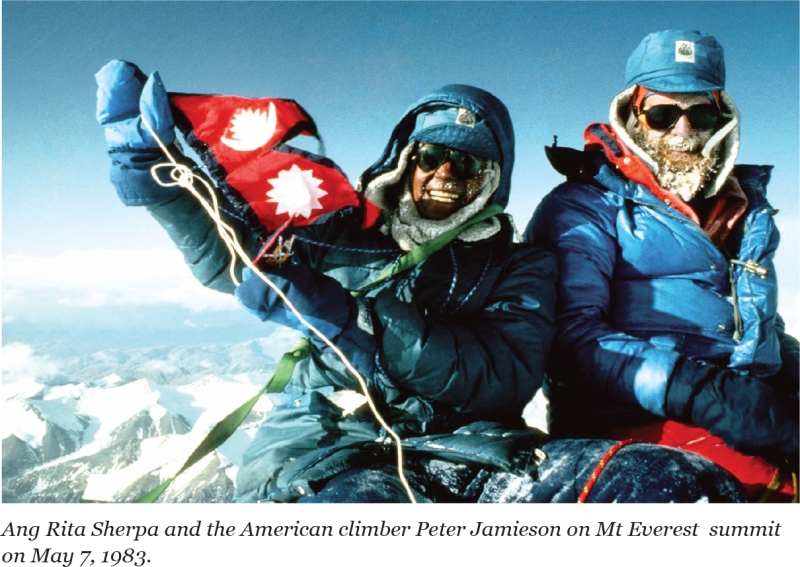
All members of the First Inclusive Women's Sagarmatha Expedition 2008 (FIWSE08), 9 Nepali civil service personnel of the Nepal Civil Servant First Mountain Everest Expedition, 2011 and team members of the Sagarmatha Height Measurement Expedition 2019 were also present at the event.
I was invited on stage for my remarks. I was a bit nervous but gathered my courage to speak up in front of the audience.
"It is a great pleasure and honour to be here. I feel very delighted to have met 6,030 men and 471 women mountaineers so far. Mountaineering is full of risks. But mountains are blamed for the unfortunate accidents that have happened. The first accident on Mt Everest occurred in 1922 when seven porters and George Mallory of the British Mt. Everest Expedition lost their lives. Till date, more than 300 mountaineers have died trying to conquer me. Many record holder Nepali mountaineers are in different professions in developed nations, whereas foreign mountaineers are living like celebrities in their countries. Foreign climbers are well educated and earn money by selling their autobiographies, charging fees to attend talk shows and other programmes, and by engaging in other activities. But Nepali mountaineers don’t have such avenues of income.
There is less attraction among Nepali youngsters to get into the mountaineering profession because of high risks, income uncertainty and other hardships. Now the time has come to think on this issue, otherwise there will be a scarcity of human resources in mountaineering by the next 2-3 decades.
While mountains in certain parts of the country have gained enormous national and international highlights over these years, the mountains of Nepal’s far-western region have faced neglect. There are so many amazing mountains in this region, but the mountaineering activities are centered only on few regions. As a result of the increased tourism activities and its effect on the local economy, the living standard of people in the Khumbu region is much better than people of other mountainous regions. Expansion of tourism activities in other regions is important to uplift the lives local people. Hence, there is a need to start working on equitable development of Nepal’s mountain tourism.
Over these years, many mountaineering expeditions have been conducted to raise international awareness about global warming and its effect on mountains. The situation has become alarming as there is a formation of ponds on the surface of the Khumbu Glacier due to ice melt; such water bodies did not exist a couple of decades ago. In the last 10 years, the separately formed ponds have started to join to form larger water bodies. For example, Imja Tsho or the Imja Lake, which did not exist till 1960, now has an estimated 2.6 billion litres of water. Lives of people and their houses, farm animals and monasteries are in great danger as the glacial lake can burst any time. The outburst of the glacial lake Dig Tsho in 1985 damaged several villages and claimed the lives of three people.
Although Nepal’s share in climate change is negligible compared to developed and emerging economies, the country is among the 10 most affected countries due to global warming. Every year the rate of mountain snow melt is increasing, and if this continues, one day the peaks will remain only like gigantic black rocks without snow. The accelerating snow melt will increase the possibility of devastating floods and rise in sea levels affecting millions of people and animals, and adversely impact vegetation in different parts of the world. Before all this happens, people need to come together to mitigate the impact of climate change. As a mountain, I want my snow back and want it to melt naturally. Here I stand in front of you asking you to save the mountains for the earth’s future."
The hall could have heard a pin drop.
(Sindurakar is former Chief Administrative Officer of Nepal Mountaineering Association.)


